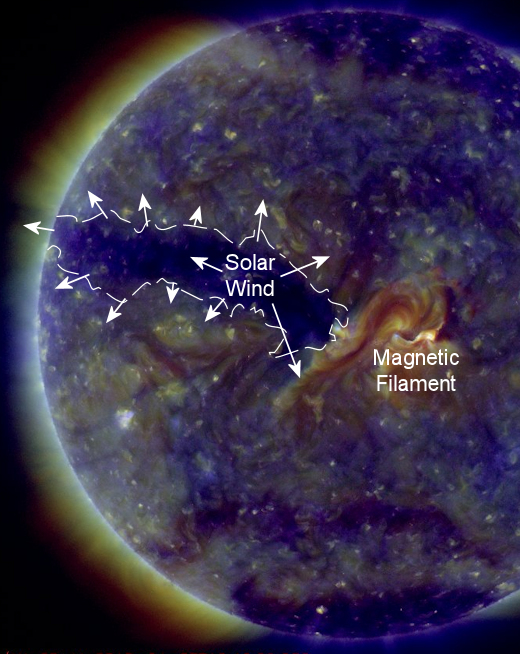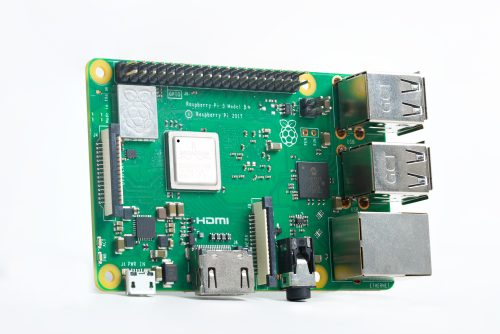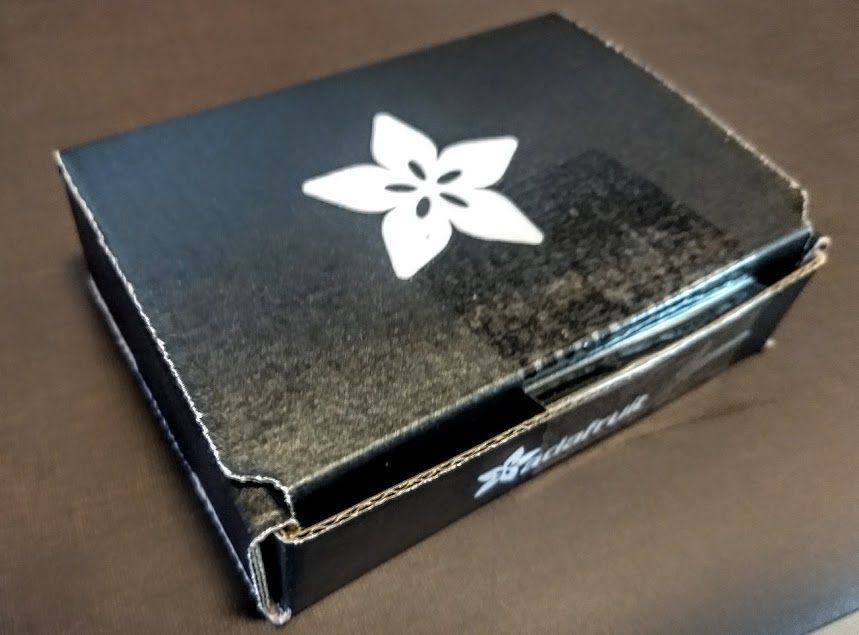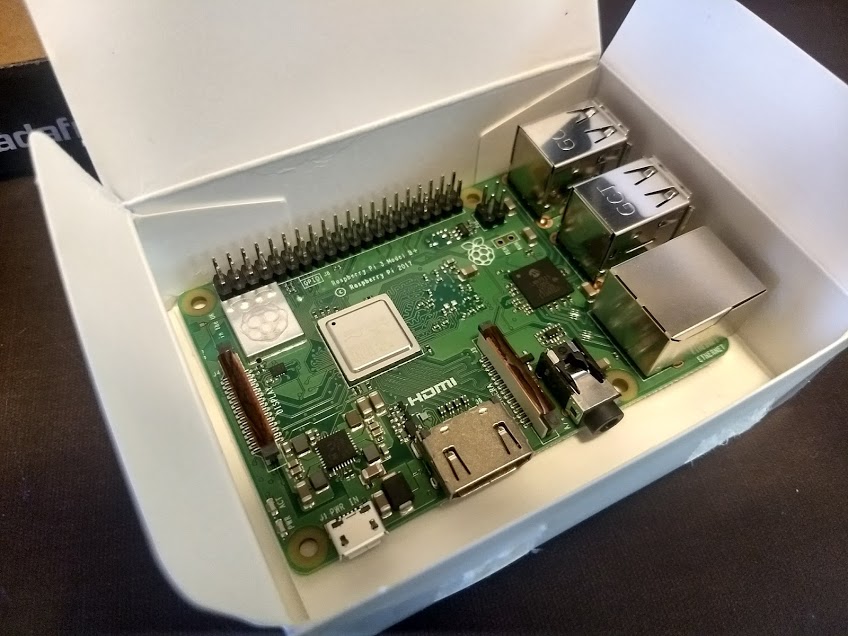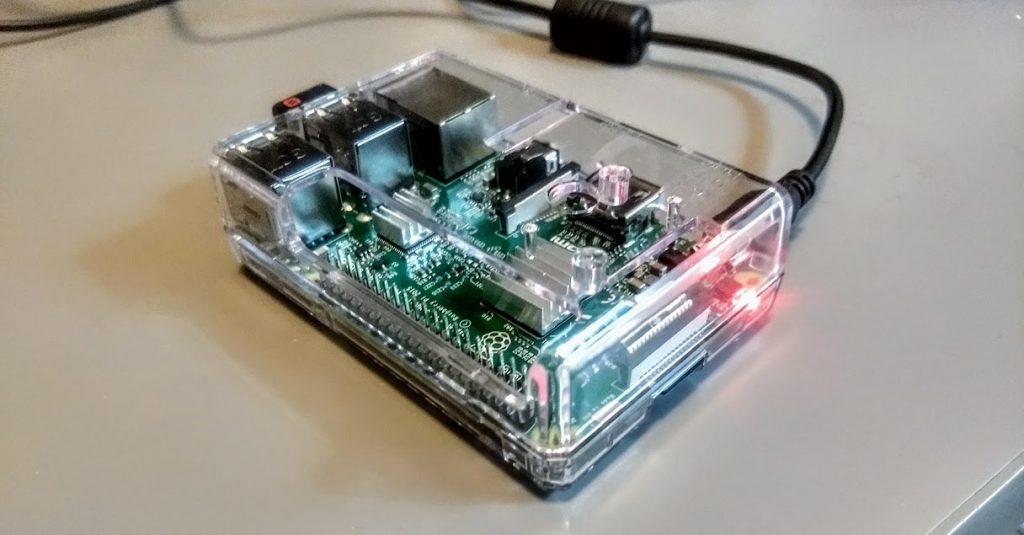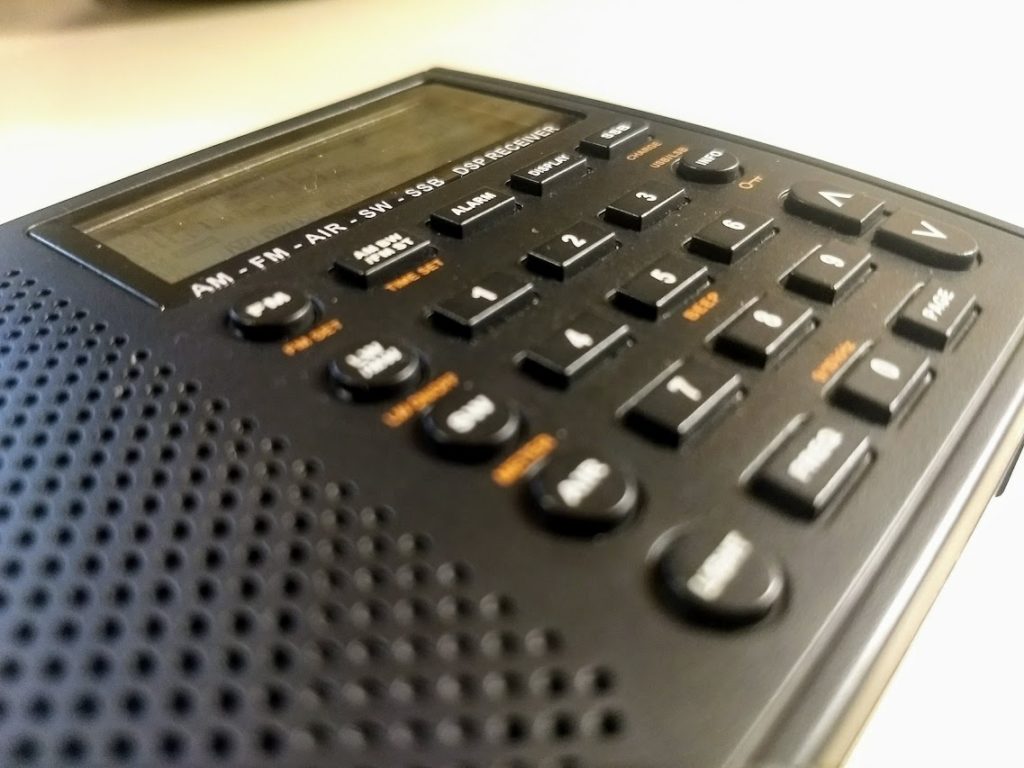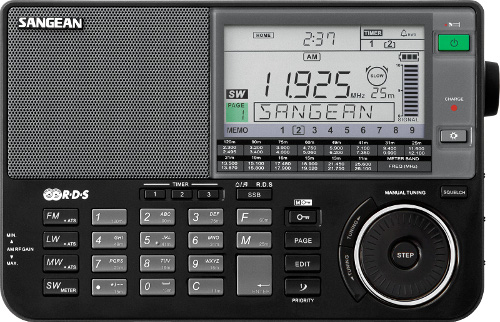
Many thanks to SWLing Post contributor, Direwolf131, who recently commented on one of the Sangean ATS-909X reviews in the Post archives.
Direwolf131 writes:
I’m a few years after Steve’s comments but I will have a go at it, at least anecdotally speaking. I’ve owned a half dozen Sangean ATS-909’s, which includes two of the 909X’s, and one super-909 from radiolabs. The 909X is the finest looking portable I have ever seen or lain hands upon, and that includes several Sony’s that I still think of as neat looking, I had the white cabinet 909X first and then the much more striking (to my eyes) black cabinet 909X after returning the first one due to rock hard buttons.
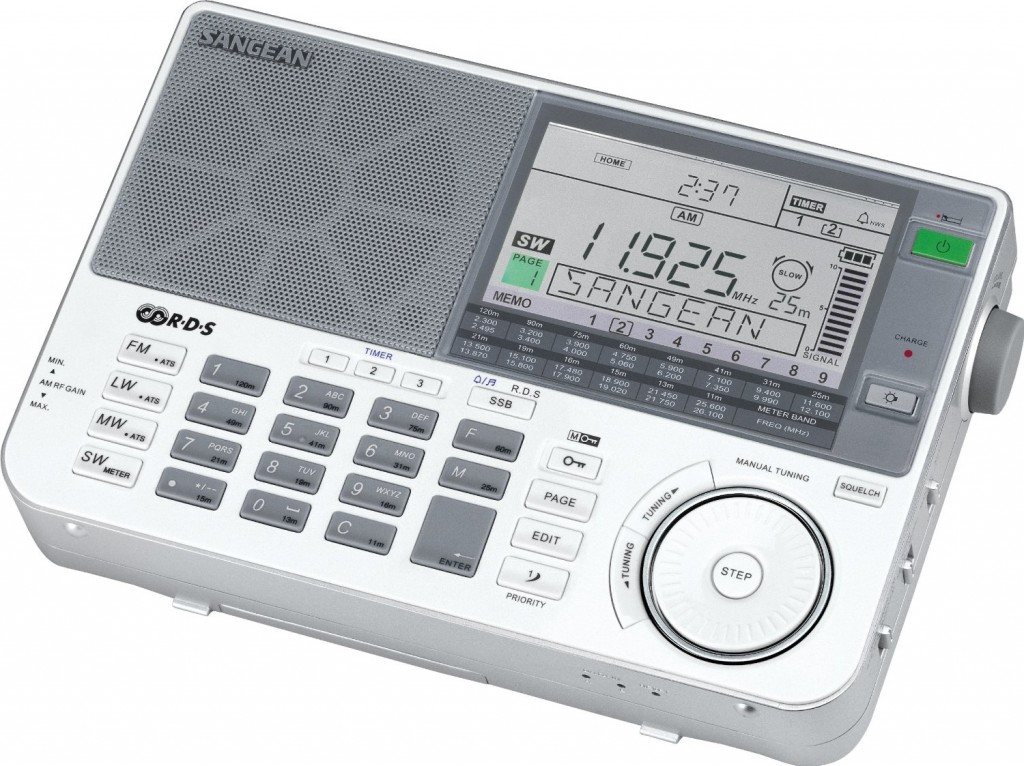
They are both extremely attractive, and exceptionally well made, especially by today’s cheap Chinese standards. I must confess that I also still find the original 909’s almost equally neat looking, though not quite sporting the same robustness of build.
The 909x’s sound wonderful on MW & FM, and its a decent performer reaching out to fairly distant FM stations. Unfortunately that is largely the best of the radio, its performance on MW & SW is best described as pathetic, and not just due to being deaf, it has a lot of noise, even when attached to the superb RF systems tuned EMF antenna. The older 909 is also to my experience substantially better then the 909X when matched up to a serious outboard antenna, such as the above EMF, I found this difference especially surprising, its not even close.
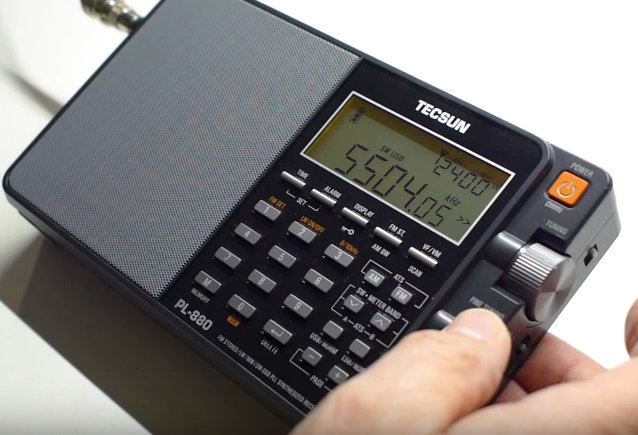
The PL-880 from Tecsun blows it away on SW and MW sensitivity, while also offering the superb advantage of genuinely ECSS tuning anything on MW & SW, you cannot decently receive any MW or SW signal via ECSS with the 909X as its SSB can only be fine tuned to 40 Hz, which is terribly disappointing, you can zero beat the little Tecsun easily. serious ECSS capability is to my mind a much more attractive option then a sync circuit, and unfortunately with the beautiful little Sangean 909X you get neither.
I do hope anyone who happens upon this pays attention, because for the money the PL-880 is far and away the better performer, in fact my little 1103 from Degen/Kaito out performs the 909X, as does my Grundig Yacht Boy-400, and my Sangean ATS-803A. Its my great hope that Sangean seriously upgrades these deficiencies in the otherwise gorgeous 909X, its circuitry is noisier than the old 909 and its not nearly not as sterling a performer hooked up to household current and a decent outboard antenna as the old 909, its 40 hz tuning SSB once a great reason to buy a 909, is no longer competitive, especially against the superb PL-880 which again is capable of excellent ECSS even by Icom R75 standards, Sangean would do well to drastically improve the SSB performance of the 909X.
I hope this helps, I liked the original review up top, but again its several years old, and the ATS-909X is now known to be clearly outclassed by the more affordable Tecsun, actually by the PL-660 to boot, I really hope Sangean addresses the issues, its such a beautiful receiver, you just want it to be as good as it looks, unfortunately it’s not!
Thank you for sharing your evaluation and comments!
The Sangean ATS-909X is an interesting radio indeed. Almost everyone loves the design, audio and overall quality of the 909X. Yet performance reviews are somewhat polarizing: some 909X owners claim the 909X has strong performance characteristics on shortwave, while others believe it’s almost deaf. Your findings coincide with mine from the Mega Review where I pitted the ATS-909X against the Tecsun PL-880, PL-660 and Sony ICF-SW7600GR. In that review, where I relied on a whip antenna, the 909X was noticeably less sensitive than the other three competitors. Based on the premium one pays for the 909X, I was surprised.
I have learned over the years, however, that the 909X can handle larger outdoor antennas and doesn’t easily overload. Additionally, the 909X requires a fresh set of batteries for optimal performance/sensitivity. Some users have even modified the radio with a 4:1 impedance transformer–click here to read a post/comments about this mod.
I would love to see Sangean produce an updated/upgraded version of the 909X, but at this point I’m not exactly holding my breath. I’ve heard that they’re slowly pulling out of the market. Hope I’m proven wrong because I’d love to see a new shortwave set from Sangean.




